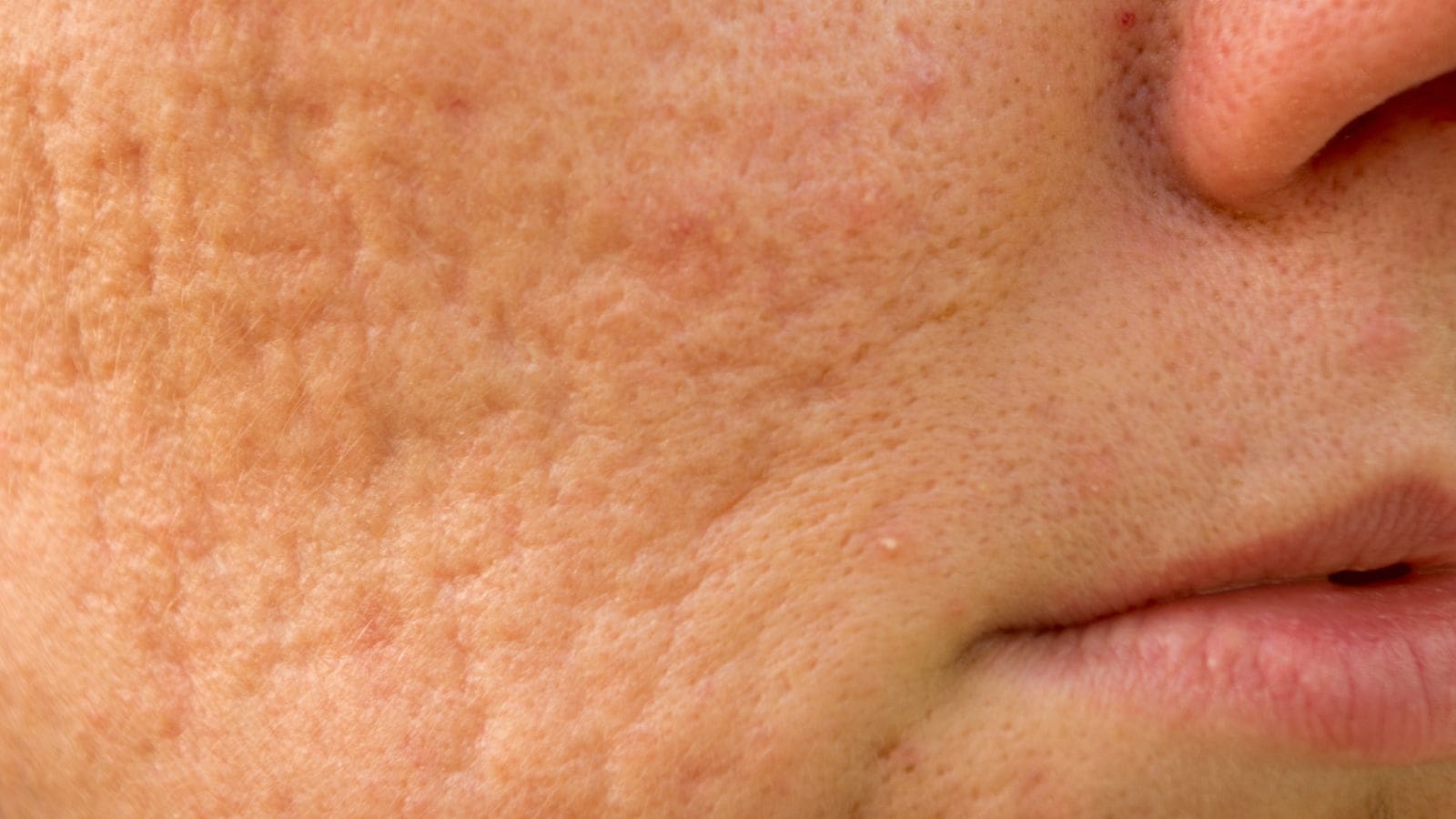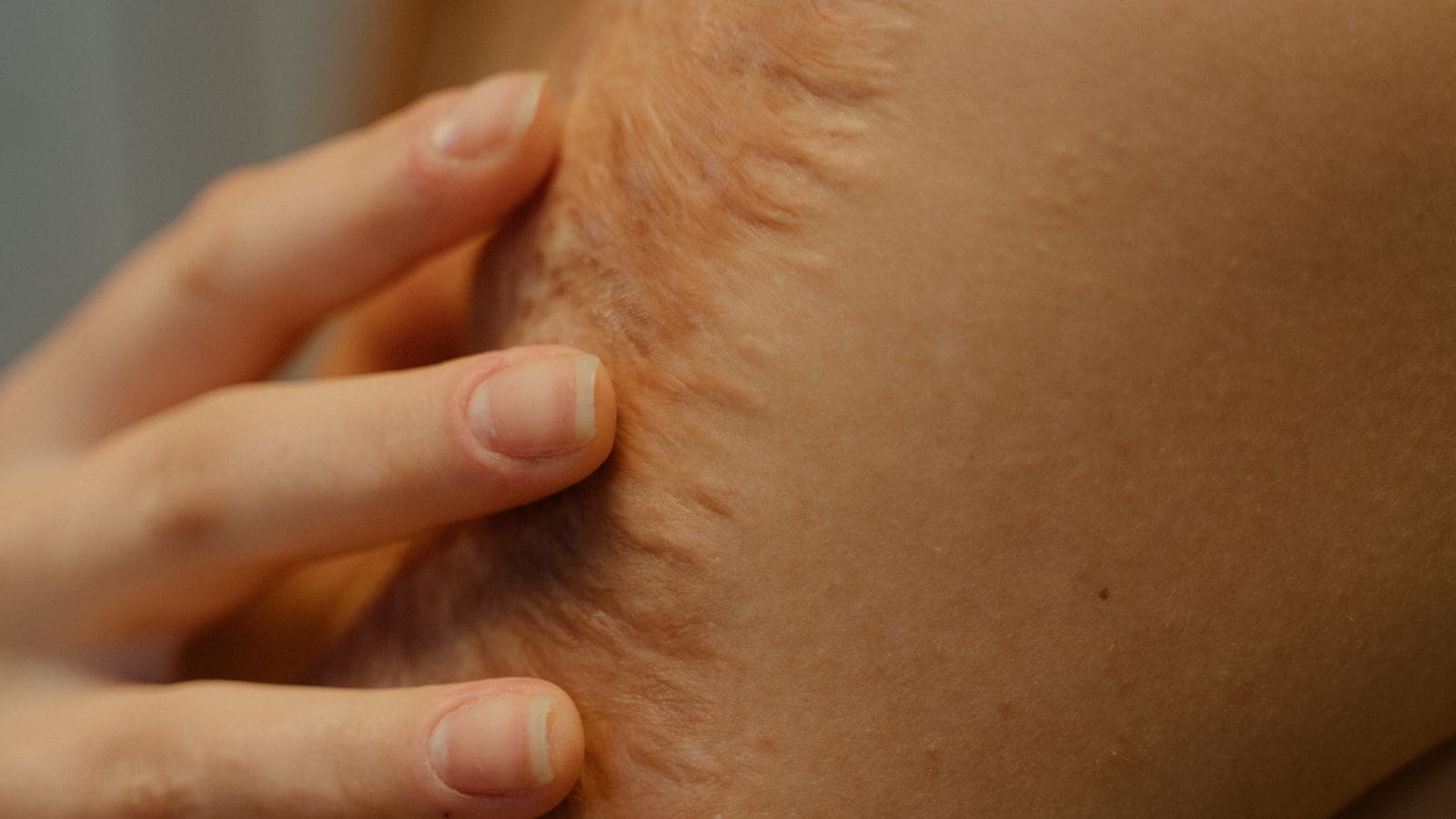Join The Nantwich Clinic Club to keep up to date with news and offers!
Sign Up
Scars are a specific type of tissue that forms as a part of the natural healing process of the body that is built to bridge and close damaged skin that has happened due to injury. They can come in all different shapes and sizes and come as a result of a number of differing factors including accidents, burns, surgery and even acne. Over time, they are likely to fade on their own but there are several things that can be done to help reduce their appearance and make them less noticeable.
To figure out how their appearance can be reduced, a good starting point would be pinpointing exactly what a scar actually is. Nearly everyone develops some kind of scar in their lifetime, whether that’s from a surgical procedure, accident or illness such as chickenpox, and they are capable of affecting people of any age or gender.
When a scar first starts to develop, it can take on a different appearance based on the skin that it is developing on. For those with lighter skin, a scar tends to start off as a pink or red mark and for those with darker skin, they start off as dark spots. Their appearance will also depends on a number of other factors, including the type of injury (or the event) that caused the scar such as surgery, the size and severity of the wound, the location of the wound, the specific treatment that was received to help manage the wound and even things specific to you like your age, genes and general health.
You should be able to diagnose a scar quite easily by yourself by just keeping your eye on the skin as it heals, seeing as in most cases injury will result in a scar, as they appear different to the surrounding skin. If you do need to speak to a healthcare provider regarding this, they will analyse the size, shape, texture and colour to determine the type of scar that you have.

Scars come in many different types, including;

Other than avoiding injury or problems completely (which is near enough impossible), your best bet is to attempt to care for the scar and try to reduce the risk of it forming, or the appearance of the scar. Things such as keeping the wound clean with soap and water, applying bandages to protect the wound and keep germs out, applying petroleum jelly to keep the wound from becoming too dry and developing a scab (scabs can contribute to the worsening of scarring), protecting them or keeping them covered from UV exposure and making sure that your nutrition and levels of vitamins can help the skin to heal properly.

There are a number of different treatments that market themselves as being able to treat scarring, everything from at home methods like topical creams and ointments up to more drastic options like scar revision surgery, but one of the best way to fight the appearance of scars is the X-wave treatment that utilises sound waves and acoustic therapy to treat the tissues beneath the skin.
Using a carefully selected range of acoustic pulse waves, the X-wave triggers vibrations beneath the skin in specific tissues which are responsible for the appearance of scarring. This triggers relaxation in these tissues which can help to improve the appearance and texture of the scar on the surface. They also help to enhance the circulation of blood in the targeted area which helps to heal the area being treated. Another major way in which they help to aid the appearance of scarring is that they can actually stimulate a boost in the production of collagen within the skin, which even though collagen is responsible for the production of scar tissue, can also help to aid in reducing the appearance of scarring.
To find out more about how the BTL X-wave treatment works, or if it would be suitable for reducing the appearance of your scar tissue, book yourself in for a consultation with our team via our website or by calling us on 01270 627118.
Whether it’s a quick question that you need to ask, or you would like to book an appointment with us, we want to hear from you. Simply click the button below to get started or contact us on 01270 627118.
